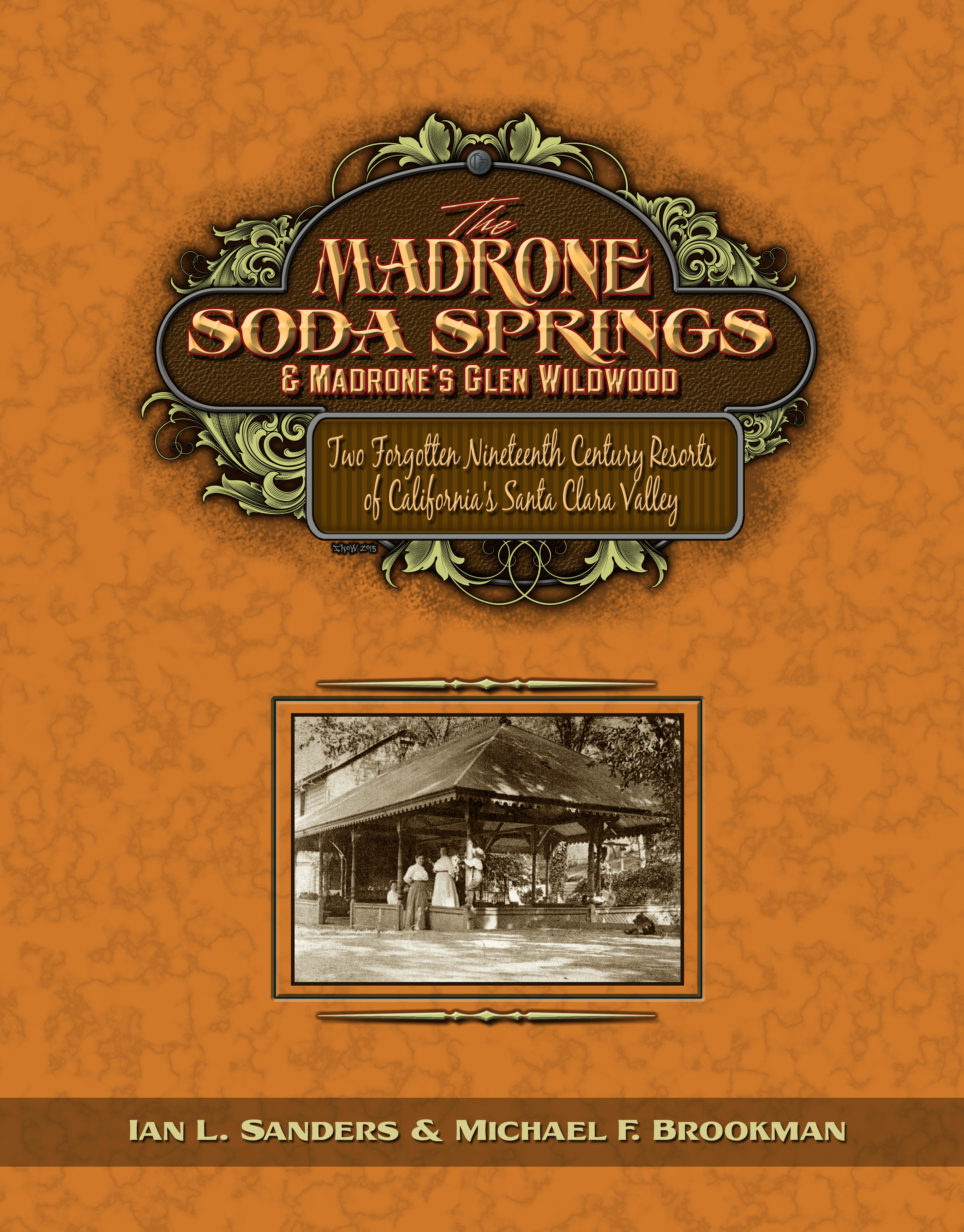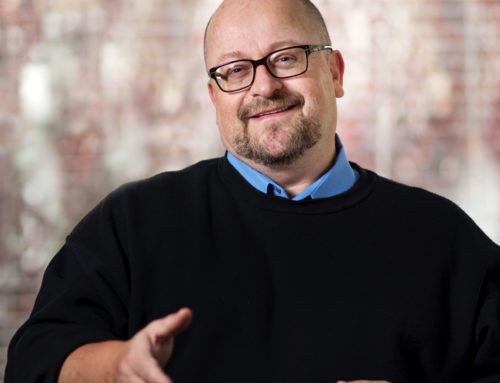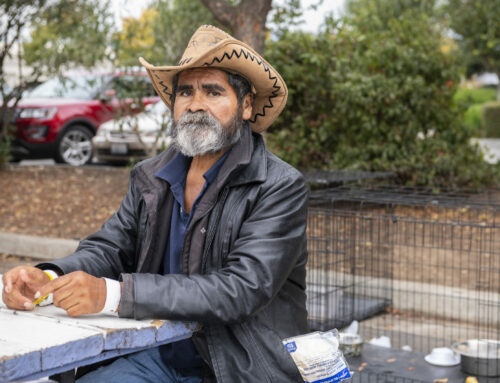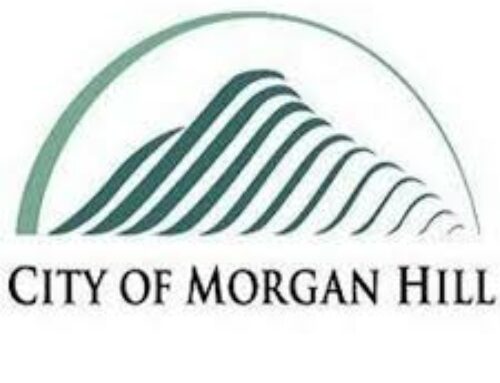This is Michael Brookman and Ian Sanders’ third image-filled volume
Published in the May 10 – 23, 2017 issue of Morgan Hill Life
By Staff Report

Their book is the latest in a series of image-filled volumes showcasing the history of Santa Clara County. “The Madrone Soda Springs & Madrone’s Glen Wildwood: Two Forgotten Nineteenth Century Resorts of California’s Santa Clara Valley” shows what life was like at the locally famous hot-spring resort located in a canyon in what is now Henry W. Coe State Park. We asked Brookman and Sanders about what they learned in researching their book.
What was unique about the Madrone hot springs that brought people to the resort?
SANDERS The Madrone Soda Springs, some seven miles northeast of present day Morgan Hill, was a popular health resort in the late 1800s and early 1900s, known for its restorative waters and renowned for its hunting and fishing. Not as fashionable as the nearby Gilroy Hot Springs, it nevertheless drew visitors from a wide area — the mineral waters advertised as an infallible cure for indigestion, rheumatism and a host of other health disorders. At the height of the resort’s popularity around the turn of the 20th century, the resort’s stage-coach met the morning train from San Francisco at the Madrone Station and transported guests to the hotel. Here they enjoyed hot and cold mineral baths under the care of a resident physician, experienced the first-class dining and relaxed with evening dances held in the open-air pavilion. Slowly declining in popularity during the 1920s and 1930s, the resort eventually closed to the public in 1938. It was later pressed into service as a camp for German prisoners during the WWII. Today, the site is part of the Henry W. Coe State Park, but the historical significance of the location has been largely ignored. Even locals have little awareness of its existence.
What is the connection between Madrone the district north of downtown Morgan Hill and the hot springs?
SANDERS: In the mid-1800s, a tiny community known as Burnett Township lay on the northern boundary of what was destined to become Morgan Hill. A stage-coach stop, the 18 Mile House, so-called for its distance from San Jose, provided a break for travelers and rest for horses. A farm workers’ campsite located near to the 18 Mile House became known as Madrone and in 1882, Burnett Township, now a stopping point for the Southern Pacific Railroad, formerly adopted the name. The arrival of the railroad brought increased agricultural business to the town. With the increasing cultivation of grapes in particular, the population grew. The 18 Mile House changed its name to the Madrone Hotel and the Sherman post office was renamed Madrone. The mineral springs near the town was developed as a resort and took the name “Madrone Soda Springs.”
What happened to the Madrone Soda Springs and what does it look like now?
BROOKMAN: The Madrone Soda or Mineral Springs ran the course that most springs of the late 19th or early 20th centuries ran. There was a huge surge in popularity when “taking the waters” was a cure for every illness or affliction known to man. The popularity waned as science and medicine showed the springs offered minimal health effects. So it was with the Madrone Soda Springs. The commercial use of the actual spring at the resort was over by 1933. The Coe family purchased the property in 1938 and added the land to their large cattle ranch. World War II saw the old hotel and cabins used by the Santa Clara County Sheriff as a prisoner work camp, and it was sold to the Beech Cattle Company for grazing land in the late 1940s. The Beech company dismantled the structures and the lumber was carted out and used in other locations. The only visible signs of the resort were a masonry cooler built into the side of the hill, some rudimentary foundations, a concrete basin for the spring water and a dirt road. The land became part of the Henry W. Coe State Park and these remnants can still be seen today by those hardy enough to endure the hike.
What is the connection between Madrone the district north of downtown Morgan Hill and the hot springs?
SANDERS: Madrone was formally incorporated into the city of Morgan Hill in 1958 after what was reported in the local newspapers to have been a “bitter fight.” The petition for incorporation had been initiated some two years previously by Joe Joaquin — a past postmaster and gun shop owner— and was finally carried by just two votes. On Sept. 24, 1958, the victorious Joaquin was quoted in the San Jose Mercury News as saying that “Morgan Hill will grow rapidly now that it has Madrone to grow in.” At the time of annexation, Madrone had just 200 residents.
You both found many postcards and other material for the book. Why is it important to share these images?
BROOKMAN: Ian and I try to share the images and postcard writings that tell the most so readers get a sense of the events and people who shaped our community and see how we came to today. Many have discussed why it is vital to preserve our history and heritage. Ian and I agree with this idea and believe that picture postcards provide very real, personal and human views of the past. So many details beyond the simple subject of the photographer are captured that each image can tell hundreds of stories. Sociologists, historians and archaeologists could probably write a book from a single postcard, and that’s just from the image on the front. The back of the card with its written message, postmark and receiver’s address add even more depth and color. We get a glimpse of what the writer was experiencing, thinking and feeling in that brief moment in time. There is no editing or filtering, just the very real writing of the sender.






